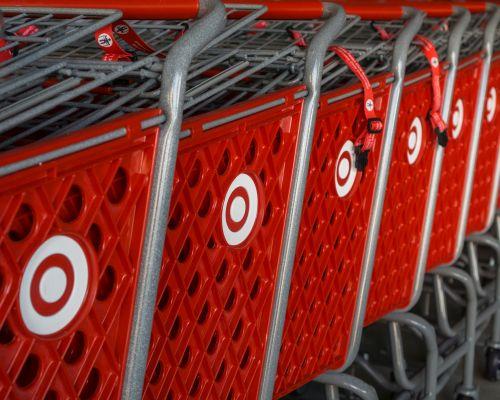
COVID-19’s growth in the U.S. has polarized the nation’s retail activity.
On one end, shoppers have stopped going to previously crowded venues like malls, department stores and movie theaters as recommendations for social distancing aim to slow the spread of the virus. At the same time, many shoppers are preemptively scrambling to stock up on food and household essentials as they face the options of quarantine or self-isolation.
The result? Retailers that focus on apparel, big ticket, and discretionary goods are becoming ghost towns while those retailers that focus on food and consumables are seeing an ongoing boom that’s spreading over the nation. Some stores like category specialists, especially if they stock consumables, can fall in the middle.
Logic tells us this shift must be temporary as the virus proceeds along its course, yet the full effects of the virus on retail and shopper behavior or how long it will last cannot be known. For some time to come, shoppers may feel inclined to keep a stash of emergency supplies on hand should the virus recur in the fall or yet another emergency occur.
Yet over time, these rations will likely dwindle, and shoppers could return to their pre-emergency state, which would have a slightly negative, but extended impact on retail that would at least partially counteract the current boom.
The good news is that while global supply lines, especially those out of East Asia, have been interrupted, U.S. sourcing and supply chain has yet to feel the full impact of COVID-19.
In the present, we’re seeing supply chains stretch in response to meet much of the boost in demand. The U.S. may not feel a severe supply chain crunch until government measures, or the spread of the virus cause more supply side disruption as opposed to demand side spikes.
By fulfilling shopper’s increasing in buying now, retailers can help them prepare for an extended stay at home now and in the future. It may also ease the burden later if supply lines of essentials do experience shocks.
Regardless, as supply lines become strained, there are a few large retailers that stand to win over others. Due to the desirable, higher volume of goods that some retailers can sell, larger retailers like Walmart, Amazon, Costco and Target will be first in line for inventory should any serious supply chain disruptions occur.
Smaller local and independent retailers will find it comparatively harder to sock their shelves in a limited supply environment. Several limited assortment retailers, like Costco or Aldi, also have the distinct advantage of operating a limited SKU environment that focus on selling individual items rather than whole categories. Here, disrupted items can be replaced with altogether new items, even if they are in a different category or from a different supplier.
To prepare for both more international and domestic supply chain disruptions, there are a few concrete steps retailers can take to mitigate the negative impact.
Identify potential future disruptions
Outbreaks in the US and internationally are affecting cities and geographies at different speeds. Assume viral spread and plan ahead on production. Especially international, retailers will shift away from those markets that stand to have their economies more severely disrupted.
Broaden the supplier network
Every manufacturer will be impacted in a different way. Forward-thinking retailers can proactively forge new relationships with suppliers who are less likely to be feel the full force of negative impact, even if they are outside of their current relationships.
More established suppliers are likely to feel the burden of legacy systems and arrangements while nimbler companies can adjust more rapidly. At the same time, larger manufacturers can leverage their scale and weight within their categories to better weather the storm.
Enforce sanitary practices within their business
Perhaps most importantly, retailers can help keep their employees and their supply chain safe, healthy and fully operational.
Retailers have already begun to clean heavily used surfaces more regularly, offer wipes and hand cleansers to shoppers in-store, and leverage paid sick leave policies to keep contagious illnesses, COVID-19 related or otherwise, away from the work environment.
Developing a plan that can deal with increased internal workforce disruptions, even on essential roles that support the consumable supply chain is crucial.
Tim Campbell is a director at Kantar.

